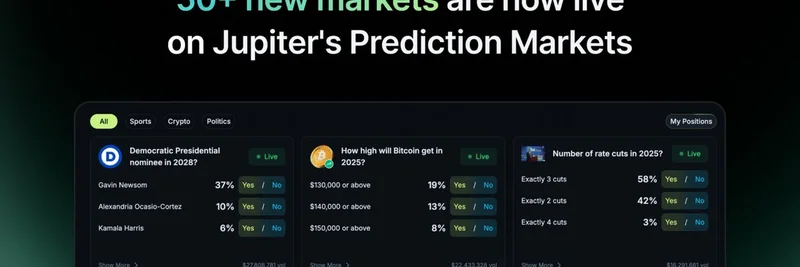The world of memecoins is buzzing with excitement, but beneath the hype lies a messy truth. On August 9, 2025, Solana Sensei dropped a bombshell thread on X (@SolanaSensei/status/1954261820426060245) that’s got everyone talking. The core argument? The idea of an "organic" memecoin is a fairy tale. Let’s dive into this eye-opening take and break it down for anyone curious about the crypto game.
The "Organic" Illusion
Solana Sensei kicks things off by calling out the narrative that pits Bonkfun against Pumpfun—two popular launchpads for memecoins. The claim that one is "organic" while the other isn’t is, in their words, "brain-rotting nonsense." But what does "organic" even mean here? In the crypto world, it’s often used to describe a memecoin that grows naturally through community support, without heavy-handed manipulation. Sensei argues this is a myth—no major memecoin has ever gone viral without some behind-the-scenes push.
Think of Key Opinion Leaders (KOLs)—those big influencers on platforms like X—or whales (big investors with deep pockets), cabals (secret groups coordinating moves), bundlers (who group tokens for trading), and market makers (who stabilize prices). According to Sensei, every big memecoin runner has had at least one of these players involved. It’s human nature, they say, and it’s not going away.
Pumpfun and Bonkfun: Same Game, Different Branding
The thread doesn’t spare Pumpfun, a platform known for letting anyone launch a tradable coin instantly. Sensei suggests that if you think Pumpfun isn’t using its own tricks—like paying KOLs, bundling tokens, or dipping into a "war chest" to pump prices—you’re kidding yourself. Tools like "organic score," "insider percentage," and "bubblemaps" (charts showing token distribution) can be gamed with cheap tech. Even a token designed to look "clean" might have a tiny 2% insider bag added just to seem legit.
This hits home when you consider how easy it is to manipulate perceptions. A token can look perfect on the surface, but behind the scenes, it’s all orchestrated. Sensei points out that even KOLs trashing Bonkfun are part of the game—they’re likely in on the manipulation across both platforms.
The Bigger Picture: Rigged Markets
This isn’t just about memecoins—it’s about power dynamics. Sensei draws a parallel to global finance, where stocks and bonds are influenced by big players. In memecoins, it’s memes and JPEGs instead, but the principle is the same. Every major runner, they argue, involves insider capital, coordination, or market-making. The "organic" label is just marketing fluff aimed at retail investors—people like you and me who jump in hoping for a quick win.
What This Means for You
So, what’s the takeaway? Solana Sensei urges skepticism. Don’t trust the hype or the surface-level stats. Whether it’s Bonkfun or Pumpfun, the game is rigged, and the "organic" story is a tool to keep you engaged. The thread ends with a heartfelt "Stay safe out there," a reminder that this space is a wild west where knowledge is your best defense.
Community Reactions
The thread sparked a lively debate. @TheNippies added humor with an image of a purple creature hawking "organic" coins while a crop duster (a nod to manipulation) lurks in the background. Others, like @Viadantem, agreed that organic memecoins are a thing of the past, with KOLs and whales calling the shots. Meanwhile, @LaunchloopTech pushes for transparency, and @fozzycapone defends some "genuine" projects like $BLOB, showing the community is split but engaged.
Final Thoughts
Solana Sensei’s thread is a wake-up call for anyone in the memecoin space. It’s not about picking sides between Bonkfun and Pumpfun—it’s about recognizing the mechanics at play. If you’re diving into memecoins, do your homework, question the narrative, and don’t get swept away by the "organic" hype. Head over to meme-insider.com for more insights and tools to navigate this crazy world of blockchain and memes!



